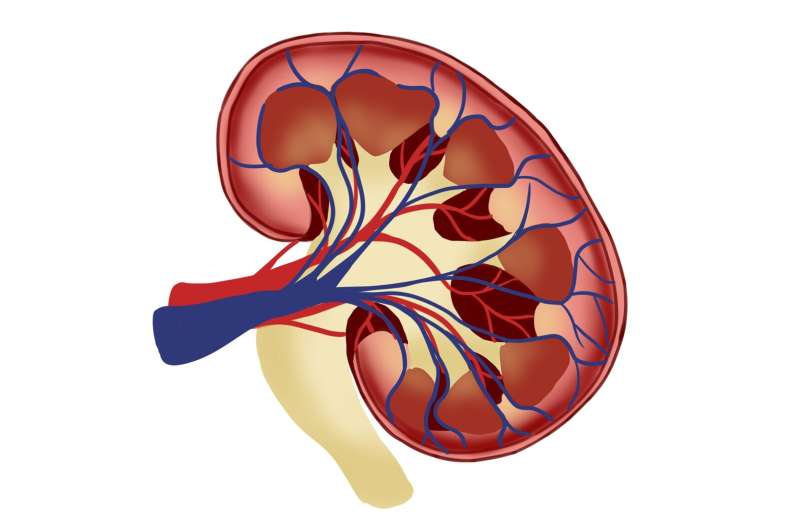Brain Network Activity Could Predict Future Drinking Habits in Adolescents

New study reveals that brain network activity in adolescents may serve as a predictor for future alcohol consumption, offering promising insights for early intervention in preventing alcohol use disorder.
Recent research suggests that analyzing the activity of brain networks in teenagers may help to forecast their future alcohol consumption behaviors. Alcohol use often begins and increases during adolescence, a critical period for brain development. Early drinking can interfere with normal brain growth and elevate the risk of developing alcohol use disorder (AUD). Understanding the factors that predispose some teens to heavier or more frequent drinking is essential for prevention efforts.
While previous studies examined brain structure for signs predicting future alcohol use, emerging research indicates that examining dynamic functional brain network activity—how different brain regions communicate in real-time—may offer more promising insights. A notable study published in Alcohol: Clinical & Experimental Research involved MRI analysis of 295 adolescents around 17 years old, who either abstained from alcohol or drank lightly. Data were sourced from the National Consortium on Alcohol and NeuroDevelopment in Adolescence (NCANDA). The participants underwent resting-state functional MRI scans to observe brain activity patterns.
Researchers analyzed how these teens' brains transitioned through various "states," or modes of activity, for the first time in this context. One year after their scans, participants completed questionnaires detailing their alcohol use. The study focused on measures such as drinking frequency and amount, and examined how the time spent in specific brain states related to subsequent drinking behavior.
Findings revealed that overall, brain state durations at age 17 were similar across teens, regardless of future alcohol use. However, among those who did consume alcohol later, certain brain activity patterns were linked to increased drinking frequency. For instance, spending more time in a state with high activation of the Default Mode Network—associated with self-referential thought and mental health—was linked to fewer drinking days, indicating a potential protective factor. Interestingly, some relationships between brain states and future drinking differed between males and females, highlighting the importance of considering sex differences.
This research underscores the potential of brain network dynamics as early markers of vulnerability to problematic drinking. Since these patterns appeared more related to regularity of alcohol use rather than the intensity of drinking episodes, they could be valuable in early identification efforts. However, researchers caution that these findings are preliminary, and how teen brain dynamics operate in real-world settings remains uncertain.
Understanding these neural indicators can ultimately aid in developing targeted interventions to prevent the escalation of alcohol use during adolescence, reducing the long-term risks associated with AUD.
Stay Updated with Mia's Feed
Get the latest health & wellness insights delivered straight to your inbox.
Related Articles
Innovative Silicone Models Revolutionize Medical Training and Research in Cerebral Vasculature
Swiss Vascular has developed detailed silicone models of cerebral blood vessels to improve medical training and reduce animal testing, advancing ethical research and clinical procedures.
Psychological Stress as a Risk Factor for Heart Disease and Stroke
New research reveals that psychological stress may increase blood pressure and heighten the risk of heart disease and stroke, emphasizing the importance of stress management for cardiovascular health.
Reducing Inflammation to Protect Kidney Health in Lupus Nephritis
A groundbreaking approach to prevent kidney damage in lupus nephritis focuses on protecting blood vessel cells with targeted therapies, reducing inflammation without suppressing the immune system.
Advanced Computational Method Prioritizes Compounds to Boost Cancer Immunotherapy Outcomes
Researchers have developed a novel computational framework to identify compounds that enhance the effectiveness of cancer immunotherapy, potentially overcoming resistance and improving patient outcomes.



